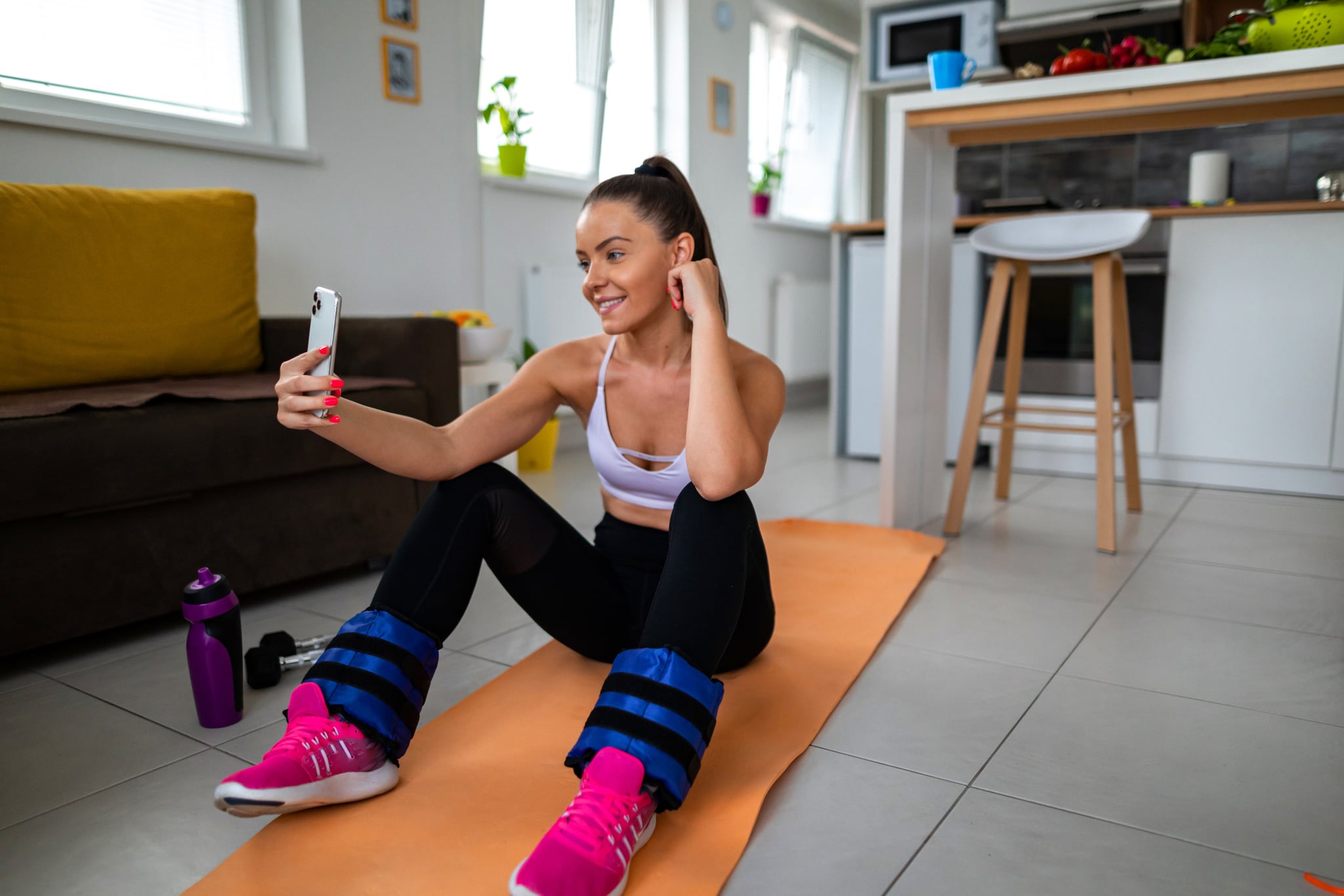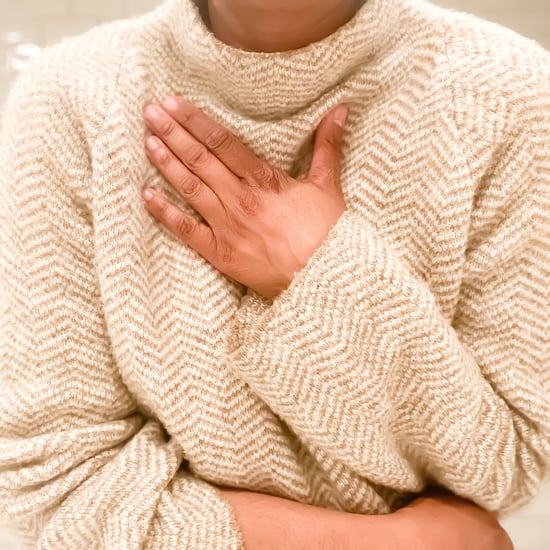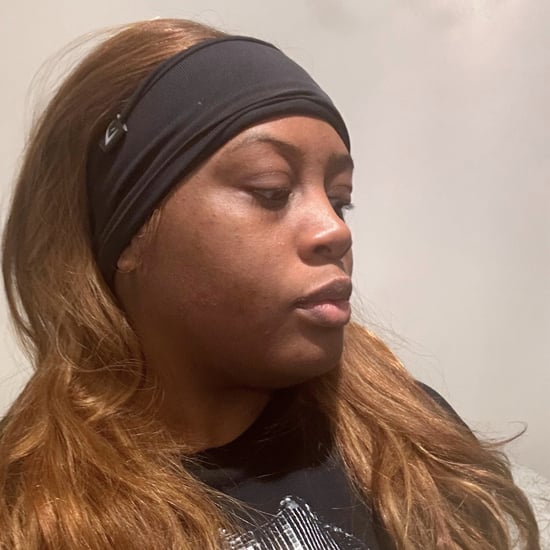Trainer Tips for Buying Your First Set of Ankle Weights
Read These Trainer Tips Before Buying Ankle Weights for Your Home Workouts

When you're stocking up on at-home fitness gear, you obviously want to make the smartest purchase possible — not only because you shouldn't waste your cash on something that falls apart, but because each piece of equipment comes with its own set of unique best practices, benefits, and downsides.
If ankle weights are on your agenda, you'll want to check out these trainer tips before clicking buy on what's sitting in your cart. Sure, a set of ankle weights is a cheaper (and less involved) purchase than an at-home cable machine, but this fitness tool isn't advisable for everyone — especially if you have an ankle or knee injury. From the exercises to never do with ankle weights to the importance of a strong core, this pro advice will help you in your search.
Start With a Lightweight Set
Attention ankle weight newbies: start with a lightweight set. Because even if you're familiar with strength training, it's still a brand new piece of equipment — you probably didn't load up your barbell the first time you laid eyes on one, right?
"If you've never used ankle weights before, start very light, maybe just one pound per ankle, to allow your body to get used to carrying an additional load at the ankle," Keegan Draper, a Mindbody Fitness Expert and NASM-certified personal trainer, says. "This will allow for your leg muscles to adapt to better support your joints while using them. You can also purchase ankle weights that are variable, allowing you to add weight as you become more comfortable."
P.volve instructor and NASM-certified personal trainer Maeve McEwen also recommends starting out with a light weight (she suggests 1.5lb ankle weights) to focus on mastering your form. "Especially when starting out, less is more — keep your range of motion small and limit your use of the ankle weights. You do not need to wear the ankle weights for an entire workout to gain results!" she says.
They're Not Meant for Every Exercise
Just because ankle weights are wearable doesn't mean you should strap them on during every exercise. "Use ankle weights cautiously. They should only be used for exercises in which you are raising your leg — i.e. donkey kicks, leg raises, flutter kicks, etc." Draper says.
That also means you shouldn't wear them during your runs or HIIT workouts — Draper says this is because ankle weights can add stress and strain to your joints. Draper doesn't recommend ankle weights for walking, either. However, if you choose to wear them during walking workouts, Draper says "use light weights and do not use them for every walk due to the added stress on your joints and potential gait cycle changes."
McEwen adds that heavy ankle weights shouldn't be used in ab workouts on your back — especially when you're in a tabletop position — because it could put strain on the low back and hip flexors.
If you're purposefully buying ankle weights for booty gains, you're on the right path. "Some of the most effective exercises I would recommend using ankle weights for involve glute toning — AKA booty toning!" Joe March, NCSF-certified trainer and founder of The Fitness Instructors, says. "Exercises like glute kickbacks, where you set up on all fours (or with both hands and one knee on a bench), and kick one leg at a time up and away from your body are great for building muscle in your glutes."
If You Have Injuries, Check in With Your Doctor First
According to McEwen, ankle weights should be avoided in group fitness settings if you have an existing ankle or knee injury — unless your doctor gave you the official go-ahead. "If you are brand new to working out, I recommend mastering your form first with just your bodyweight, then gradually incorporate and alternate days between ankle weight use," she adds.
Draper adds that those who have hip, ligament, and tendon injuries should also refrain from using ankle weights. "Increased downward force on your leg could make injuries like those worsen. People with lower back injuries should also be cautious before engageing with ankle weights." To prevent further pain, play it safe and be sure to check in with your doctor before adding ankle weights into your routine.
Test Your Core Strength
Sure, they do go around your ankles, but March says that core strength is crucial for using ankle weights safely. In fact, if you have a weak core, March doesn't recommend them at all.
"I would explain this the same way I would explain the danger of an exercise like a shoulder press to one of my clients. All of the force our body creates originates from our core," March says. "The further a weight is from your core, the more difficult it will be to control and the more likely you are to injure yourself. Since ankle weights shift your body's centre of gravity away from your core to your ankle, you'll need far more core control to make sure you don't injure yourself, especially your lower back, while using them."
March explains that if using ankle weights causes you to curve your lower back, you might not be ready to use them yet. To test if your lower back is curving, March recommends performing the following exercise: "Lying on your back, reach your hands towards the ceiling as far as you can and lift your legs, so your hips and knees are at 90 degree angle — lower legs making a table top. Place a towel below the small of your back. If a partner can pull the towel out from under you with minimal effort you need to work on your core."
Narrow Down Your Search
Given the sheer volume of products that pop up when you search ankle weights, it's easy to feel overwhelmed. Consider checking in with a certified personal trainer to see what they suggest. March typically recommends adjustable ankle weights that secure with Velcro — so you can add weight as you progress.
McEwen recommends P.Volve's ankle weights, which secure with Velcro and come in 1.5 lb and 3 lb options. "The sand-filled ankle weights stay securely strapped around the ankle, and I never have to worry about adjusting them throughout my workouts!" she says. We can vouch that they do stay put, and the fabric isn't irritating to the skin as you're moving around.
While ankle weights that secure with Velcro are easy to take off, Draper says that slip on ankle weights could also be a good option, as long as they stay snug and don't slip around. We love Bala ankle weights for this instance.
Click here for more health and wellness stories, tips, and news.








